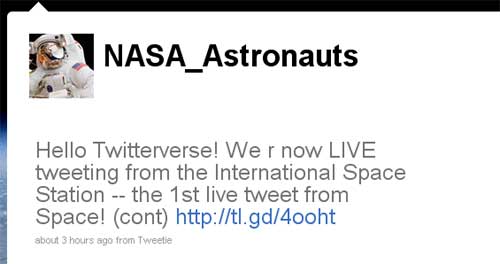NASA today announced that it has awarded three different companies contracts to develop technology that will enable commercial manned spaceflight from U.S. soil.
The Boeing Company, Sierra Nevada Corporation Space System, and Space Exploration Technologies (SpaceX) were all contracted for around $10 million. The companies will begin developing integrated crew transportation systems that will launch American astronauts to the International Space Station (ISS). These programs will end NASA’s recent reliance on Russia for transportation to and from the ISS.
“These contracts represent important progress in restoring human spaceflight capabilities to the United States,” said Phil McAlister, director of the Commercial Spaceflight Development Division at NASA Headquarters. “NASA and its industry partners are committed to the goal of safely and cost-effectively launching astronauts from home within the next five years.”
Starting next year, the companies will work with NASA’s Commercial Crew Program (CCP) to develop spacecrafts, launch vehicles, and ground & mission operations that meet the agency’s safety and performance requirements. In mid-2014, the companies will begin competing with one another to test and verify their systems for crewed demonstration flights to the ISS.
SpaceX could have a leg up on its competition. The company in October of this year completed the first privatized resupply of the ISS using its Dragon capsule. The capsule carried 882 pounds of supplies to the ISS and brought back 1,673 pounds of used material in a successful mission.
(Image courtesy SpaceX)



![SpaceX Tests Its New Rocket “Merlin 1D” [Video]](https://dev.webpronews.com/wp-content/uploads/2023/01/pexels-tima-miroshnichenko-5380664-80x75.jpg)

 841
841  173
173 








![SpaceX Dragon Capsule From ISS [Photos]](https://dev.webpronews.com/wp-content/uploads/2023/01/pexels-photo-2041627-80x75.jpeg)













